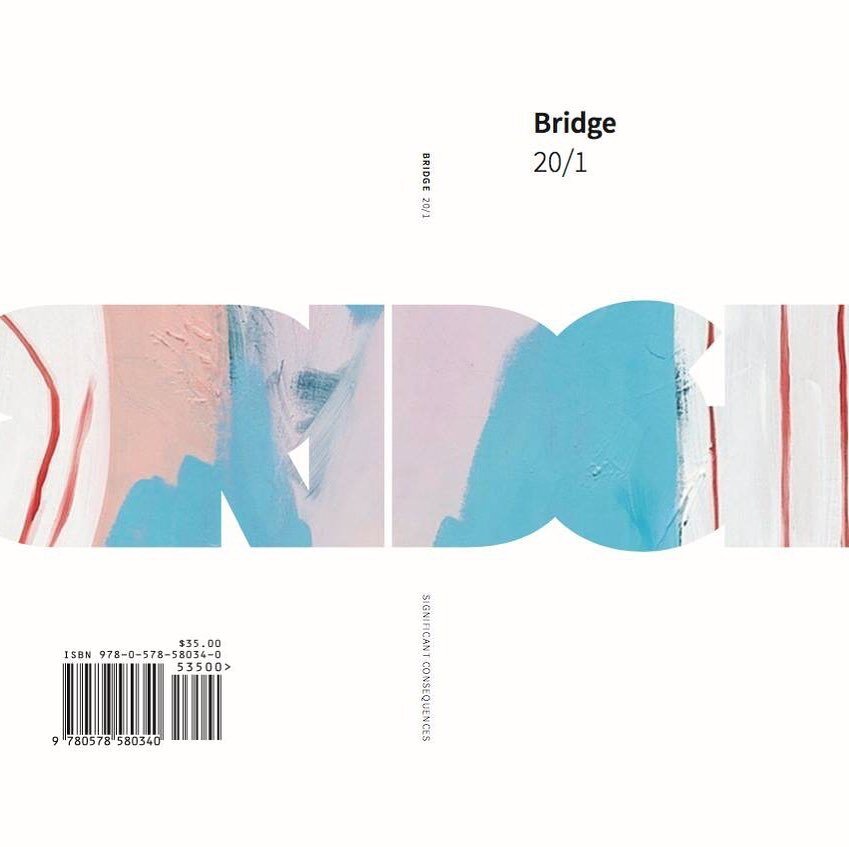REVIEW: Aria Dean, “Abattoir, U.S.A.!” at The Renaissance Society
REVIEW
Aria Dean: Abattoir, U.S.A.!
The Renaissance Society
5811 S Ellis Ave
Chicago, Il 60637
Feb 2 - April 16, 2023
By Noah Karapanagiotidis
In Abattoir, U.S.A.!, artist and writer Aria Dean presents a video installation of the interior an empty slaughterhouse in an ambitious exploration of architecture, death, narrative, and modernism. The Renaissance Society gallery space was highly stylized for this installation with the addition of a metal door, a rubber floor, and gray side walls. These elements very compellingly mirror the aesthetics of the slaughterhouse and help to build up an eerie, smothering atmosphere which heightens the senses and makes the viewer more tense and alert.
The video itself lasts 10-minutes and runs not unlike a virtual tour of the interior space, panning smoothly throughout the rooms of the empty slaughterhouse. The design itself is literally timeless, merging architectural elements from the last three centuries as well as certain seemingly inexplicable or non-sensical presentations of space. In doing so Dean invites us to consider the development of slaughter technology over time and in turn, whether people had increased levels of, or different kinds of, awareness about the elephant in the room that is systematized breeding of violence against wild stock.
Aria Dean, installation view, image courtesy the Renaissance Society. Photo by Robert Chase Heishman, 2023.
There is something deeply jarring and evocative about an empty slaughterhouse. This creative decision leaves up to the imagination of the viewer all the living bodies that may pass through it and die, allowing their number to be truly uncountable and intangible, which feels very accurate to the number of animals killed in slaughterhouses across the world every day. Dean brings to life thoughts about how systems of animal agriculture reflect some deep-set and dark moral underpinnings of contemporary society. Furthermore, the emptiness of the slaughterhouse allows it to serve as an allegorical tool that confronts not only issues surrounding animal agriculture, but broader concepts of death, power, automation, and the ever-blurry lines between human, animal, and machine.
Abattoir, U.S.A.! doesn’t leave any of the senses untouched; with a mesmerizing and somewhat ambient musical score which oscillates between rattling and inconspicuous, the material elements of the space, and a noticeable smell, the exhibition captures and invites you into the artist’s computer-generated mental landscape in order to think with her about these unsettling but imperative contemporary questions.
Like what you’re reading? Consider donating a few dollars to our writer’s fund and help us keep publishing every Monday.



